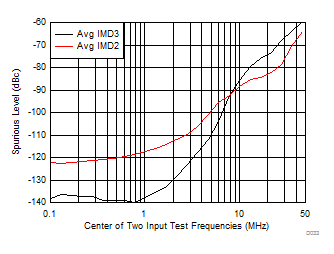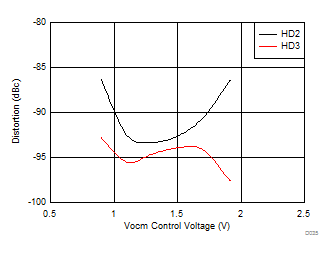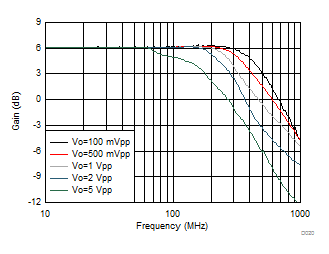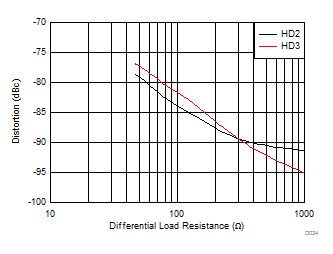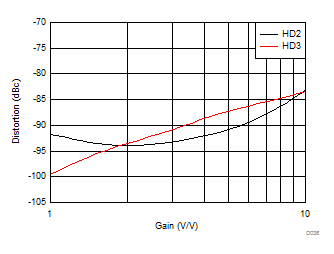SLOS930B November 2015 – November 2019 THS4541-Q1
PRODUCTION DATA.
- 1 Features
- 2 Applications
- 3 Description
- 4 Revision History
- 5 Device Comparison Table
- 6 Pin Configuration and Functions
- 7 Specifications
-
8 Parameter Measurement Information
- 8.1 Example Characterization Circuits
- 8.2 Frequency-Response Shape Factors
- 8.3 I/O Headroom Considerations
- 8.4 Output DC Error and Drift Calculations and the Effect of Resistor Imbalances
- 8.5 Noise Analysis
- 8.6 Factors Influencing Harmonic Distortion
- 8.7 Driving Capacitive Loads
- 8.8 Thermal Analysis
-
9 Detailed Description
- 9.1 Overview
- 9.2 Functional Block Diagram
- 9.3 Feature Description
- 9.4
Device Functional Modes
- 9.4.1
Operation from Single-Ended Sources to Differential Outputs
- 9.4.1.1 AC-Coupled Signal Path Considerations for Single-Ended Input to Differential Output Conversion
- 9.4.1.2 DC-Coupled Input Signal Path Considerations for Single-Ended to Differential Conversion
- 9.4.1.3 Resistor Design Equations for the Single-Ended to Differential Configuration of the FDA
- 9.4.1.4 Input Impedance for the Single-Ended to Differential FDA Configuration
- 9.4.2 Differential-Input to Differential-Output Operation
- 9.4.1
Operation from Single-Ended Sources to Differential Outputs
- 10Application and Implementation
- 11Power Supply Recommendations
- 12Layout
- 13Device and Documentation Support
- 14Mechanical, Packaging, and Orderable Information
Package Options
Mechanical Data (Package|Pins)
- RGT|16
Thermal pad, mechanical data (Package|Pins)
- RGT|16
Orderable Information
7.7.2 3-V Single Supply
at Vs+ = 3 V, Vs– = GND, Vocm is open, 50-Ω single-ended input to differential output, gain = 2 V/V, Rload = 500 Ω, and TA ≈ 25°C (unless otherwise noted)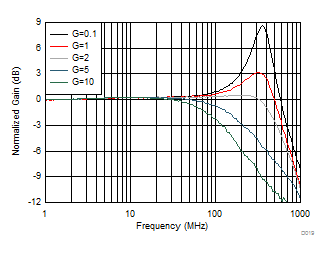 Figure 19. Small-Signal Frequency Response vs Gain
Figure 19. Small-Signal Frequency Response vs Gain 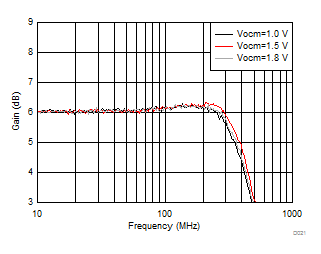
| Vout = 100 mVPP, see Figure 61 with Vocm adjusted |
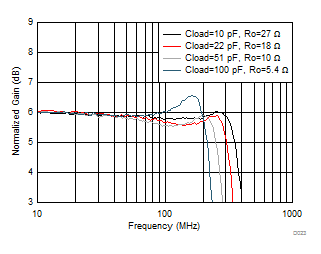
| 100 mVPP at load, Av = 2 (see Figure 71), two series Ro added at output before Cload |
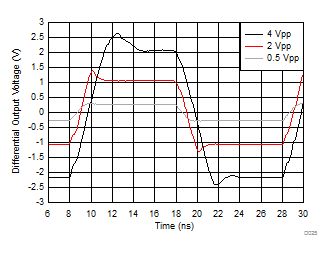
| 50-MHz input, 0.3-ns input edge rate, single-ended input to differential output, DC coupled, see Figure 63 |
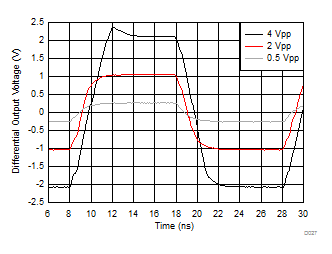
| G = 5 V/V, 50-MHz input, 0.3-ns input edge rate, single-ended input to differential output, see Figure 61 |
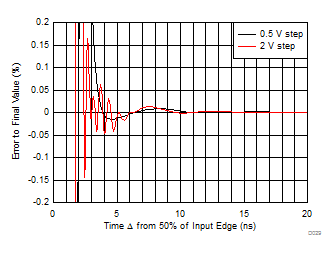
| Simulated with 2-ns input transition time, see Figure 63 | ||
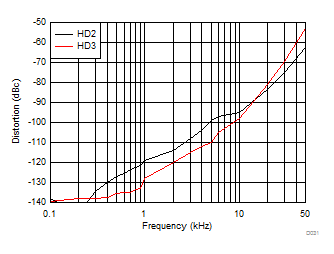
| 2-VPP output, see Figure 61 with Vs+ = 3 V, Vocm = 1.5 V |
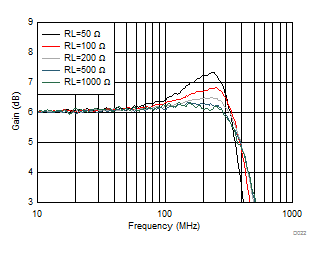
| Vout = 100 mVPP, see Figure 61 with the Rload adjusted |
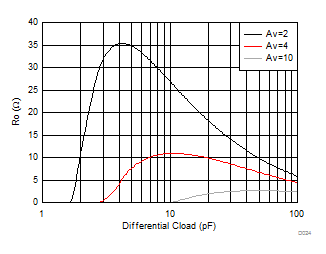 Figure 24. Recommended Ro vs Cload
Figure 24. Recommended Ro vs Cload 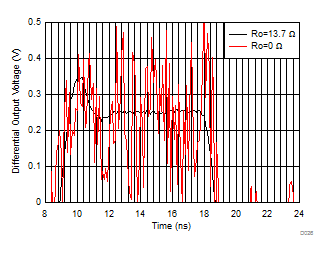
| 500-mVPP output into 22-pF Cload, see Figure 71 with Vs+ = 3 V and Vocm = 1.5 V |
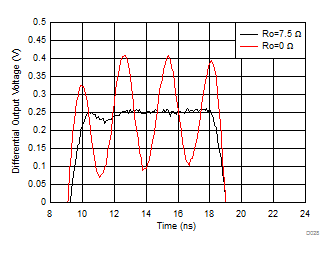 Figure 28. Step Response into Capacitive Load
Figure 28. Step Response into Capacitive Load 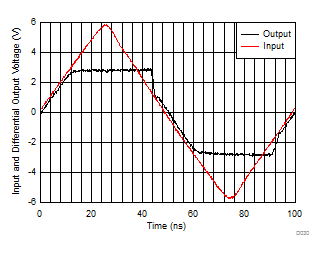
| Single-ended to differential gain of 2 (see Figure 63), > 2x input overdrive |
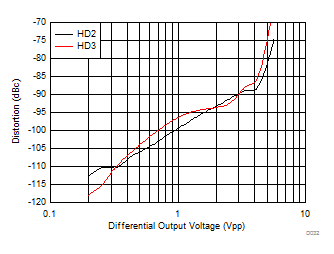
| f = 10 MHz, see Figure 61 with Vs+ = 3 V, Vocm = 1.5 V |
